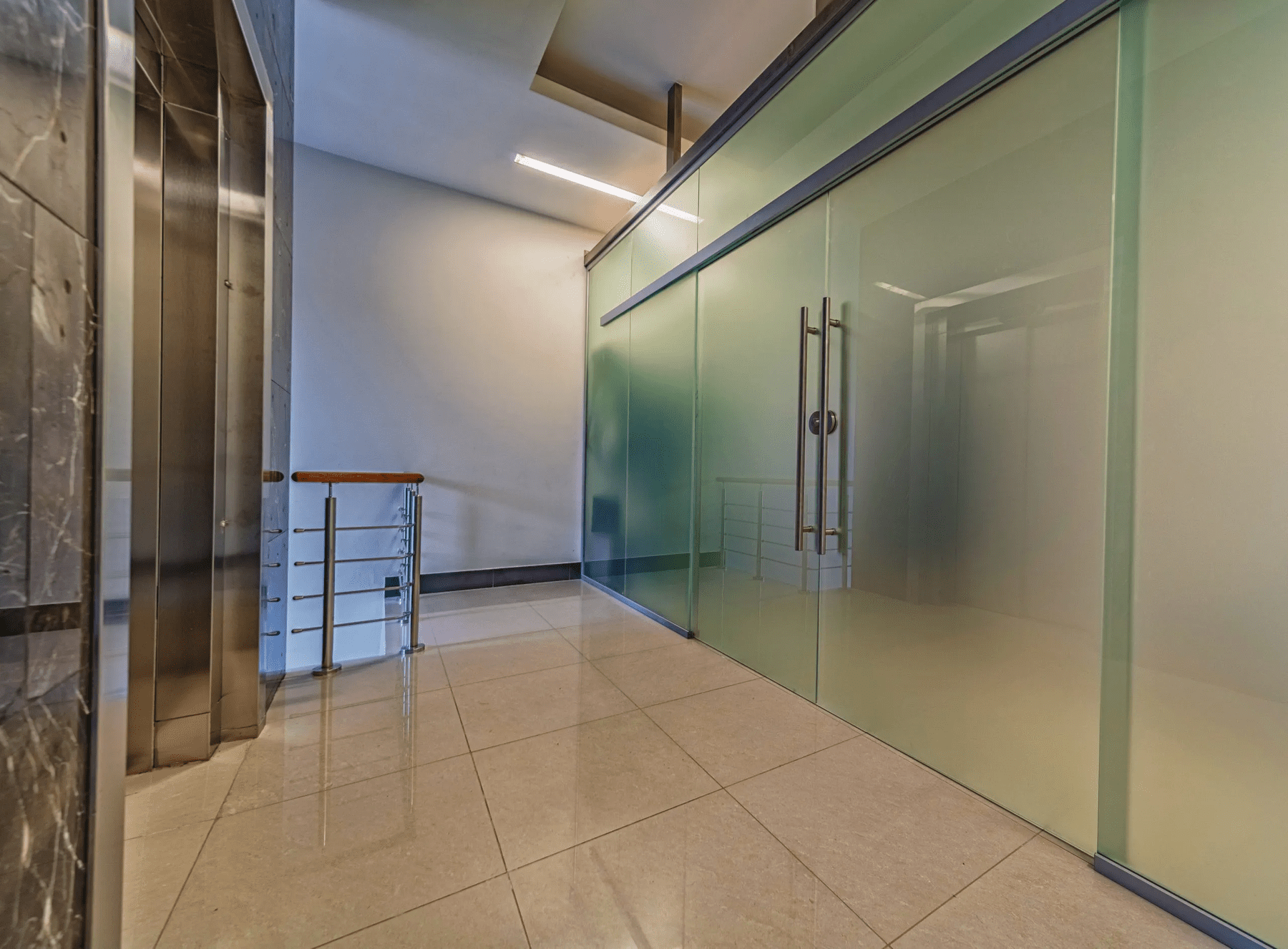Low-E window tint film and double-glazed glass are both technologies used to improve the energy efficiency and comfort of buildings.
Low-E (low-emissivity) window tint film is a thin, transparent layer applied to the surface of an existing window. It works by reflecting some of the sun’s heat back outside in the summer, while still allowing light to enter the building. In the winter, Low-E film helps retain heat inside the building by reducing the amount of heat that escapes through the window.
Double-glazed glass, on the other hand, consists of two panes of glass with a sealed air space between them. This air space acts as an insulator, reducing the amount of heat that is lost through the window in the winter and the amount of heat that enters the building in the summer. Double-glazed windows can also help to reduce outside noise, making them a popular choice for homes and offices that comes at a very expensive price point.
Low E window tint film is usually cost-effective for homeowners looking to improve energy efficiency. It typically costs a fraction of the double-glazed windows.
Double-glazed glass, on the other hand, is a more expensive option. The cost of double-glazing a single window can range from $500 to $1000 or more, depending on the size of the window and the quality of the glass.
In conclusion, Low E window tint film is the more cost-effective solution for those looking to improve their window’s energy efficiency and privacy. At the same time, double-glaze glass is more expensive

